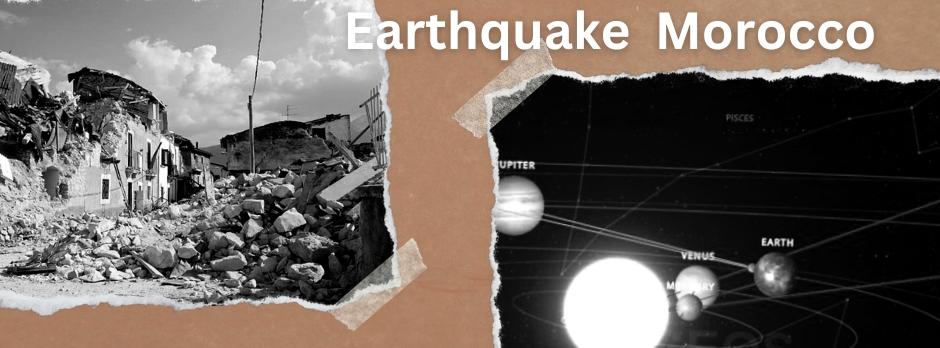Morocco earthquake and weak infrastructure

“Let us urge citizens not to approach old buildings in the south of the country”. The spokesman for the Moroccan government announced this on September 11, 2023.
The Morocco earthquake struck on the evening of Friday, September 9, 2023, and was felt by the residents of Morocco. Areas in Algeria, Spain, and Portugal were also affected. The earthquake caused widespread damage, destroying or damaging thousands of buildings and causing ground collapses in multiple areas.
The Morocco earthquake exceeded a magnitude of 7 on the Richter scale and resulted in more than 2497 casualties, including 1452 in the Hoz region alone. More than 2476 injuries have also been recorded, and this number may increase.
The Morocco earthquake is primarily attributed to a slip along an active fault in the Earth’s crust. This fault is believed to be an extension of the Atlas Mountains fault, an active fault that extends along the Atlantic coast of the Arab Morocco.
Morocco suffers from weak infrastructure, making buildings more vulnerable to damage in the event of an earthquake. This is due to the use of poor-quality construction materials, non-compliance with approved building standards, and a lack of regular building maintenance. According to a study conducted by the Ministry of Equipment, Transport, Logistics, and Water in Morocco, 70% of buildings in Morocco are at risk in the event of an earthquake. However, the Moroccan government has not improved these buildings, which has resulted in a disaster similar to the Syrian-Turkish earthquake that occurred on February 6, 2023, with a magnitude of 7.8 on the Richter scale.
There is some evidence suggesting that planets can influence the occurrence of earthquakes. In a study conducted in 2022, researchers found a relationship between the positions of the moon, the sun, other planets, and seismic activity on Earth. According to the study, the relative approach of planets to Earth can lead to increased seismic activity. However, there is still debate on this subject, and there is no scientific consensus. Dutch scientist Frank Hoogerbeets predicted an earthquake of 8 on the Richter scale before the Morocco earthquake due to the alignment of Mars, Neptune, and the moon on one axis. Geographers who believe in the planetary theory argue that this alignment causes higher gravity that affects the Earth, leading to increased tides, increased pressure on the Earth’s crust, and an increased likelihood of earthquakes in fault lines. However, scientists are currently unable to determine the precise location of earthquakes.
Therefore, governments must impose strict measures on buildings and not grant any person or contractor a construction license unless they have a straightforward design for earthquake-resistant buildings, especially in areas adjacent to fault lines.


